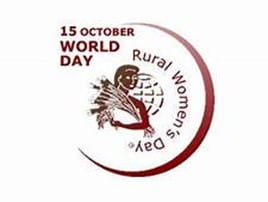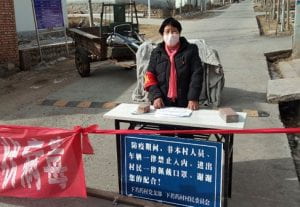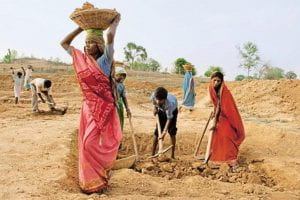
The United Nations has designated October 15th as the International Day of Rural Women. This year, the theme is “Building rural women’s resilience in the wake of COVID-19.” The reason behind this theme is because of the health and human rights risks that are deemed risks for rural women in light of this pandemic. Rural women hold a crucial role in the fields of agriculture, food security, and nutrition, while simultaneously battling struggles in their daily lives, such as restrictive social norms and gender stereotypes. Since the coronavirus has emerged, women are less likely to have access to quality health services, essential medicines, and vaccines. Despite all these difficulties, rural women like 45-year-old Yan Shenglian of China’s Qinghai Province have been at the front lines, responding to the pandemic while their domestic work increased dramatically due to lockdowns.

Yan Shenglian’s Story
Yan Shenglian is one of 28,000 women who have served as medical workers in the province deemed as hardest-hit by the pandemic – Hubei Province. These women have been dubbed “roses in the battlefield.” Shenglian joined her village COVID-19 management team where she ensured that anyone entering or exiting the village got their body temperature checked and had their vehicle information recorded. A few years ago, perhaps Shenglian would not have been able to serve in the capacity she does currently due to a belief that participating in public affairs was a man’s job. But after attending a workshop brought by the United Nations Women, she and several women in her village learned a lifelong skill of raising pigs organically, ensuring food security in the village, even during the pandemic.
Shenglian’s story is just one village among millions in rural communities around the world. Rural women make up 43 percent of the global agricultural labor force, yet they face a great deal of discrimination in regards to land and livestock ownership, equal pay, and access to credit and financial services. These women are responsible for entire households and perform the bulk of unpaid care and domestic work, while reaping minimal, if any, benefits. In rural areas, the gender pay gap is as high as 40%, leaving women with little to no pay and giving financial authority to men. If rural women had equal access to agricultural assets, education, and markets, agricultural production could increase to the extent that the number of hungry people could be reduced by 100-150 million.
Rural Women Stuck with the Worst of COVID-19
Due to these inequalities, rural women bear the brunt of the impacts of COVID-19. The mandated border closures and lockdowns are disrupting agricultural value chains and food systems. Although this generally affects rural men, women face disadvantages that make it harder for them to recover, including a lack of agricultural assets. Additionally, rural women do not have access to digital platforms to disseminate information about the pandemic or available support. In South Africa and Asia, the majority of 393 million women who lack access to mobile phones and internet connections consist of poor rural women; they rely on person-to-person networks for information.

What can be done?
Women’s access to technology and digital financial services being limited is not only detrimental to them but to society. Without this access, rural women are not able to be informed on targeted solutions to problems presented by COVID-19, nor are they able to connect with the world in general. Educating women in technology and in services that they need to know, such as how to save money, take a loan, generate income, and manage their livelihoods in general, is essential in progressing rural women’s roles in society. Shenglian was able to gain skills training and received advice from professionals, allowing her to have an established livelihood. There needs to be more Shenglians among the international community of rural women, which consists of a quarter of the global population. These initiatives will be brought about only through policy. And true reform will only benefit the economy and livelihoods of these women and the villages in which they reside.
